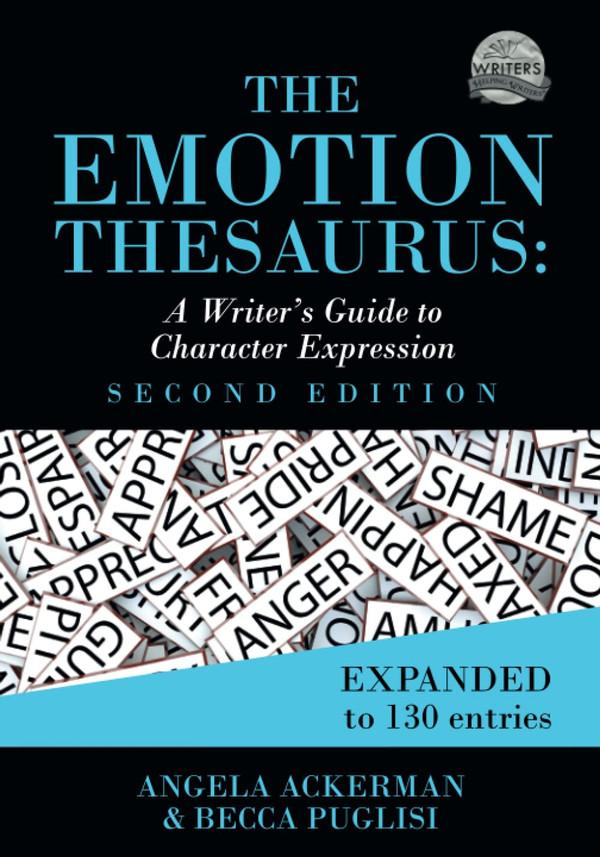Explore the World's Best Ideas
Join today and uncover 100+ curated journeys from 50+ topics. Unlock access to our mobile app with extensive features.
3 Elements Of Nonverbal Communication
1. Physical signals
2. Mental responses
3. Internal sensations
22
222 reads
Physical Signals
- How our bodies respond outwardly when we experience emotion.
- The stronger the feeling, the more the body reacts
- Characters are unique and each one may use different physical signals
23
148 reads
Mental Responses
- Offers a window into the thought process.
- Mental responses are not always rational
- An excellent way to convey to the reader how a character sees their world
- An excellent way to demonstrate voice
23
132 reads
Internal Sensations
- The most powerful form of nonverbal communication and should be used with the most caution.
- Instinctive, raw and uncontrolled, triggering the fight-or-flight response
- Will be felt by readers at a primal level
- Relying too much on internal sensations can create melodrama, therefore a light touch is needed as a little goes a long way
22
129 reads
Common Problems in Nonverbal Communication
1. Telling
2. Cliché emotions
3. Melodrama
4. Over-reliance on dialogues or thoughts
5. Misusing backstory to enhance reader empathy
22
128 reads
1. Telling
Nonverbal communication cannot be told; it must be shown.
You don’t want the reader to only see what’s happening; you want them to feel the emotion, and to experience it along with the character.
Examples of telling:
- Mr. Paxton’s eyes were sad as he gave her the news.
- Instantly, JoAnne was angrier than she’d ever been in her life
22
101 reads
2. Cliché emotions
- Cliches are a sign of lazy writing
- Create your own observations instead of falling back on clichés
- Think about your body and what happens to it when you’re feeling a certain emotion
- You may also observe people in real life or in movies/tv shows to see how they express emotion
- Some notable changes: person’s voice, speech, or overall bearing and posture
- Know your character; some may shout, while others may go completely silent
Examples of cliché emotions:
- The grin that stretches from ear to ear
- A single tear pooling in the eye before coursing down the cheek
- Quivering knees that knock together
22
92 reads
3. Melodrama
- Melodrama leads to a sense of disbelief in the reader because, in real life, emotion isn’t always so demonstrative
- To avoid melodrama, recognize that emotions run along a continuum, from mild to extreme as emotions vary in strength
- Make sure that your character’s feelings progress realistically
23
88 reads
4. Over-reliance on dialogues or thoughts
- Emotion is much more effectively conveyed through a mixture of dialogue, thoughts, and body language
- Avoid over-using exclamation points to show intensity
- Check if some action is needed to breakup the dialogue
- Check if the character should be saying something instead of staying silent and just thinking about the emotion
- When expressing emotion, vary your vehicles, using both verbal and nonverbal techniques for maximum impact
22
74 reads
5. Misusing backstory to enhance reader empathy
- Excessive backstory slows the pace and can bore reader
- In order to avoid using too much backstory, determine which details from your character’s past are necessary to share
23
91 reads
IDEAS CURATED BY
CURATOR'S NOTE
Readers have high expectations. They don’t want to be told how a character feels; they want to experience the emotion for themselves. To make this happen, we must ensure that our characters express their emotions in ways that are both recognizable and compelling to read.
“
Discover Key Ideas from Books on Similar Topics
2 ideas
How to Deal with Deadline Pressure
entrepreneur.com
20 ideas
Whole Brain Living
Jill Bolte Taylor
7 ideas
Elements of Fiction Writing - Characters & Viewpoint
Orson Scott Card
Read & Learn
20x Faster
without
deepstash
with
deepstash
with
deepstash
Personalized microlearning
—
100+ Learning Journeys
—
Access to 200,000+ ideas
—
Access to the mobile app
—
Unlimited idea saving
—
—
Unlimited history
—
—
Unlimited listening to ideas
—
—
Downloading & offline access
—
—
Supercharge your mind with one idea per day
Enter your email and spend 1 minute every day to learn something new.
I agree to receive email updates










